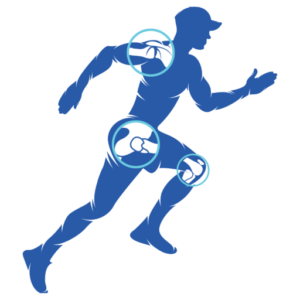What is Knee Arthroscopy?
Knee arthroscopy is a widely performed surgical procedure that uses an arthroscope—a camera—to diagnose and treat knee issues. It is a relatively safe procedure, often allowing patients to be discharged on the same day.
When is Knee Arthroscopy Necessary?
Knee arthroscopy is considered when a patient experiences persistent knee pain that does not respond to non-surgical treatments. Before recommending surgery, doctors thoroughly assess the cause of the pain. Conditions commonly treated with knee arthroscopy include:
- Torn Meniscus:
The meniscus is a crucial cartilage that provides cushioning between the bones in the knee. Surgery may involve repairing or removing the torn meniscus. - Ligament Tears:
This includes the anterior cruciate ligament (ACL) or posterior cruciate ligament (PCL), which may require surgical repair. - Other Conditions:
Knee arthroscopy is also used to address joint lining inflammation, persistent knee pain, knee fractures, and cysts that cause arthritis-related swelling and pain.

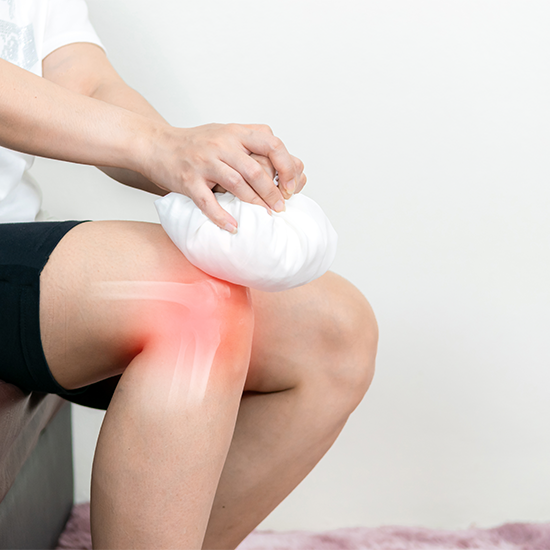
Risks of Knee Arthroscopy Surgery
As with any surgery, knee arthroscopy carries certain risks, including:
- Swelling in the knee
- Pain if proper care is not taken post-surgery
- Difficulty walking or standing
- Persistent discomfort even after medication, which requires further medical attention
Who is a Candidate for Knee Arthroscopy?
Knee arthroscopy is typically performed on patients between 20 and 60 years old. However, children may also undergo the procedure if necessary. The decision to proceed with surgery is based on a thorough diagnosis by the doctor.
Complications of Knee Arthroscopy
While complications are rare, they can include:
- Allergic reactions to medication
- Respiratory issues
- Bleeding or infection
- Blood clots in the leg
- Knee joint infections
- Damage to the meniscus or other knee structures
It’s important to follow postoperative care instructions carefully to minimize the risk of complications.

Postoperative Care Following Knee Arthroscopy
Most patients are discharged on the same day of their surgery. Pain management may include prescribed medications. You may also be advised to use crutches, a knee brace, or follow a rehabilitation program to ensure a successful recovery.
Recovery after Knee Arthroscopy
Recovery is generally quicker than with open surgery. Post-surgery, you may experience some pain, swelling, bruising, and stiffness, which can be managed with pain relief medications. Additional recommendations may include:
- Elevating the affected knee
- Applying ice packs to reduce swelling
- Wearing a compression stocking
- Using a splint, brace, or crutches
- Engaging in specific exercises or physiotherapy to strengthen muscles and prevent joint stiffness
Your recovery time will depend on the specific condition and procedure performed. Your doctor will provide guidance on managing wound dressings and when it is safe to return to work or school.
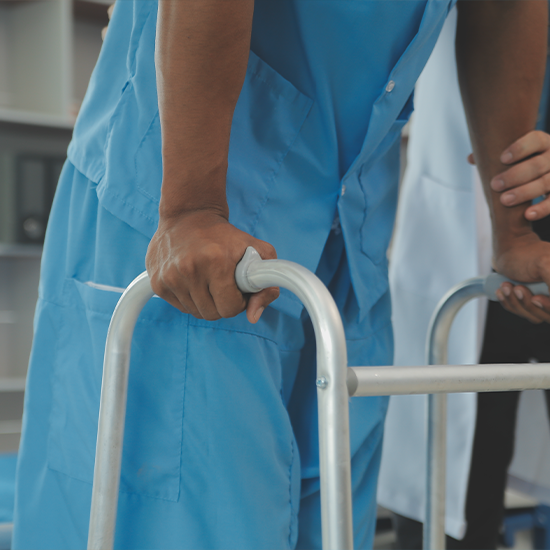

- Infection
- Deep vein thrombosis (DVT) or blood clots, typically in the leg
- Bleeding within the joint
- Nerve damage or numbness
- Persistent pain
Contact your doctor immediately if you experience:
- High fever
- Severe pain
- Redness or excessive swelling around the surgical wounds
- Numbness
Risks and Complications
- Infection
- Deep vein thrombosis (DVT) or blood clots, typically in the leg
- Bleeding within the joint
- Nerve damage or numbness
- Persistent pain
Contact your doctor immediately if you experience:
- High fever
- Severe pain
- Redness or excessive swelling around the surgical wounds
- Numbness
Sports
Sports injuries can occur during athletic activities, practices, or exercises.
Sports Medicine connects the latest scientific research with practical applications to enhance exercise, health, and sports performance. Key areas of focus include injury prevention and treatment, the role of exercise in overall health, the impact of drugs in sports, and best practices for training and nutrition.
Understanding Sports Injuries
Sports injuries are common during athletic activities, training sessions, or exercise routines.
Causes of Sports Injuries
- Accidents, such as falls or heavy impacts
- Inadequate warm-up before exercising
- Use of improper equipment or poor technique
- Overexertion or pushing beyond limits
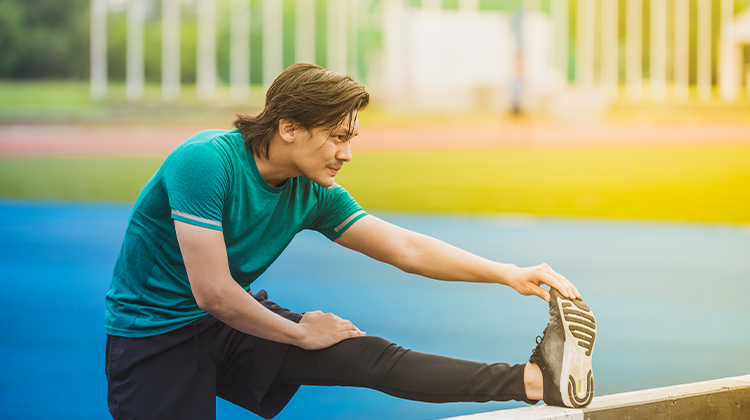

Symptoms of Sports Injuries
Common symptoms include:
- Sudden, intense pain
- Extreme swelling or bruising.
- Severe swelling or bruising
- Inability to bear weight on a leg, knee, ankle, or foot
- Restricted movement in a joint
- Significant weakness in an injured limb
- A visibly displaced bone or joint
Diagnosis of Sports Injuries
- A physical examination of the injured area
- Imaging tests like X-rays or MRIs to assess bones and soft tissues
When to Seek Medical Attention
If you experience any of the following, consult a doctor immediately:
- Severe pain, swelling, or numbness
- Inability to bear weight on the injured area
- Worsening pain or swelling from an old injury, coupled with joint instability
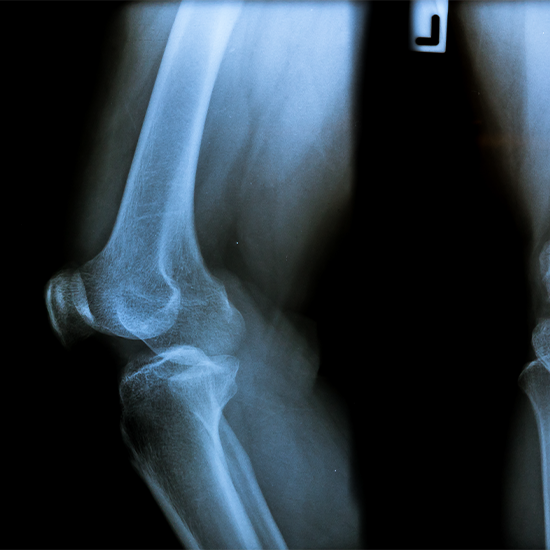
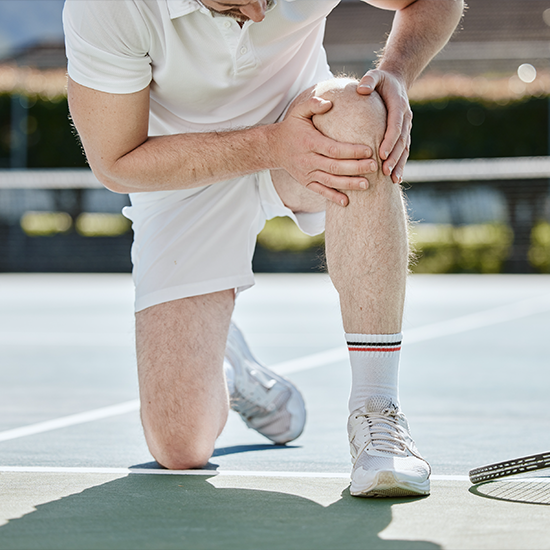
Self-Care for Minor Injuries
If symptoms are mild, follow the RICE method for at least 48 hours:
- Rest: Take a break from regular activities.
- Ice: Apply an ice pack for 20 minutes, 4-8 times daily.
- Compression: Use elastic wraps, boots, or splints to reduce swelling.
- Elevation: Keep the injured limb elevated above heart level to minimize swelling.
What are Sports Injuries?
Sports injuries are injuries that occur during athletic activities, practices, or exercises.
Causes of Sports Injuries
Sports injuries can result from various factors, including:
- Accidents, such as falls or heavy impacts
- Inadequate warm-up before exercising
- Using improper equipment or poor technique
- Overexertion or pushing beyond limits


Symptoms of Sports Injuries
Common symptoms include:
- Sudden, intense pain
- Significant swelling or bruising
- Inability to bear weight on a leg, knee, ankle, or foot
- Limited joint movement
- Weakness in the injured limb
- A visibly displaced bone or joint
Diagnosis of Sports Injuries
To diagnose a sports injury, the affected area will be examined, and imaging tests such as X-rays or MRI scans may be ordered to assess the bones and soft tissues.
Important Advice
If you suffer an injury during sports, do not continue the activity if you’re in pain, as this can lead to further damage. Some injuries may require immediate medical attention, while others can be managed at home.


When to Seek Medical Treatment
Seek medical attention if:
- The injury causes severe pain, swelling, or numbness
- You are unable to bear weight on the injured area
- An old injury becomes more painful, with increased swelling or joint instability
Self-Care for Minor Injuries
If your symptoms are mild, you can follow the RICE method for at least 48 hours to reduce pain and inflammation:
- Rest: Avoid regular exercise or daily activities that strain the injured area.
- Ice: Apply an ice pack for 20 minutes, four to eight times a day. Use a cold pack, ice bag, or a plastic bag filled with crushed ice wrapped in a towel.
- Compression: Use elastic wraps, special boots, air casts, or splints to compress the injured area and reduce swelling.
- Elevation: Keep the injured limb elevated on a pillow, above heart level, to decrease swelling.


